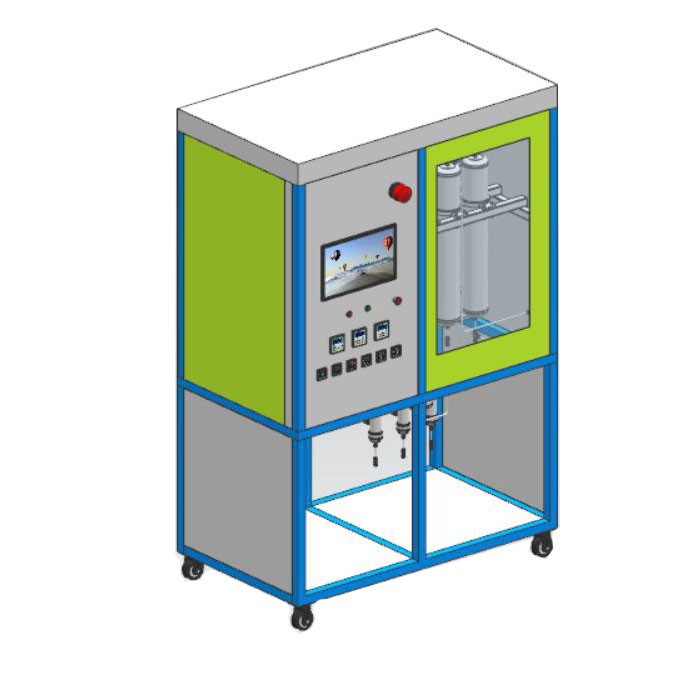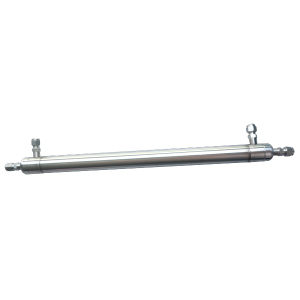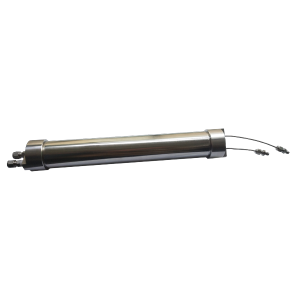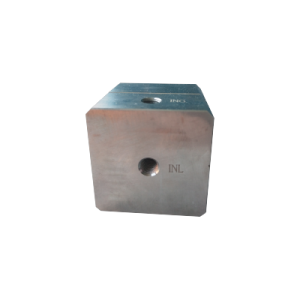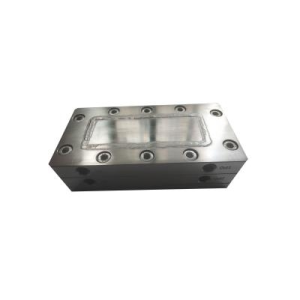| Pracovní proces | Typ | Aplikace |
| Reakce | Srážecí reakce, Příprava nanomateriálů | Nano síran barnatý (50~ 70nm), nano oxid zinečnatý (15~ 30nm), nano fosforečnan železitý, Nano uhličitan kobaltnatý, nanohydroxid hořečnatý (Velikost částic≤70nm), uhlíkové nanotrubice, uhličitan vápenatý (Velikost částic≤100nm), Hydroxid kobaltnatý (Velikost částic≤100nm), Jodid měďnatý (Velikost částic≤20nm), sulfid kademnatý selenid (Velikost částic≤100nm), uhličitan lithný (50~ 70nm) |
| Silná exotermická reakce, nitrace, sulfonace, epoxidace a další reakce | Směsná kyselá nitrace pro přípravu isooktyl nitrátu, což snižuje množství směsi kyseliny a zlepšuje výtěžnost produktu; Příprava kyseliny p-nitrotoluen-o-sulfonové (NTS kyselina) má souvislý, účinný a bezpečný reakční proces, a v podstatě nevzniká žádná odpadní kyselina | |
| Reakce při nízkých teplotách | Butyllithiová reakce | |
| Reakce plyn-kapalina, oxidace, chlorace, bromace, fluorace, atd. | Sobutyraldehyd se připravuje oxidací, výtěžek se zvýší na 94%, 2,4-dichlorophenol is prepared by the phenol chlorination method, and the reaction time is shortened to 10 minutes, and the yield is increased to 80% | |
| Synthesize | Pharmaceutical synthesis, pesticide synthesis, dye synthesis and other raw material synthesis processes | Sesquiterpenoids, oxadiazoles, hydrogen peroxide alcohol, acyl azide, ibuprofen, Gleevec, artemisinin, chlorophyll, pendimethalin, isooctyl nitrate, atd. |
| Emulsion | Oil-water emulsification, emulsion polymerization, pesticide/pharmaceutical emulsion, mikroemulze, mikrokapsle, copper clad laminate, atd. | Mixing water and edible oil, soybean lecithin liposome, emulsification is more uniform, the effect is better than the traditional solution, and it can be stored for more than a week without breaking the emulsion; |
| Extraction | Wet phosphoric acid, desulfurization and denitrification, and COD removal | The amount of extractant can be greatly reduced; the consumption of extractant is greatly reduced; the process safety is greatly improved; emulsification is avoided; the occurrence of co-extraction can be reduced or even avoided, efficient separation can be achieved, and the number of extraction stages can be reduced |

